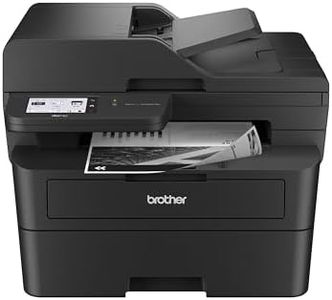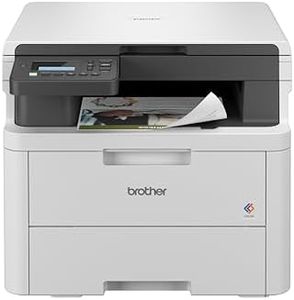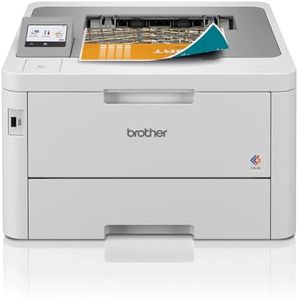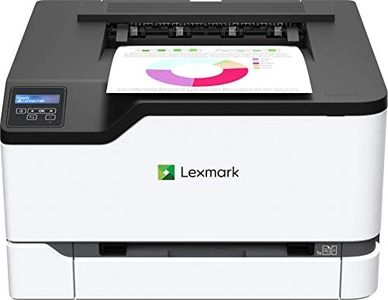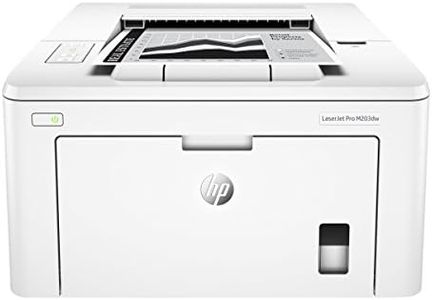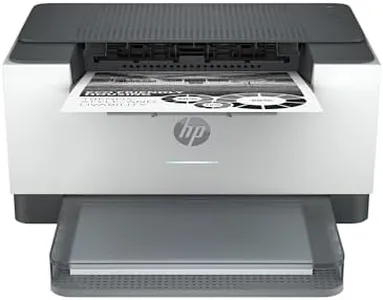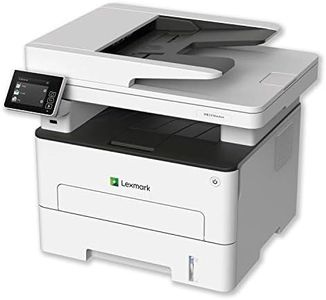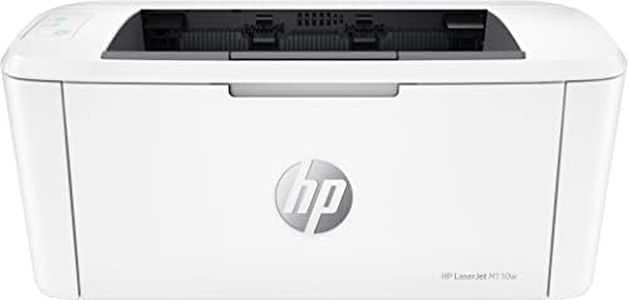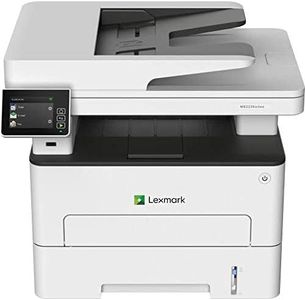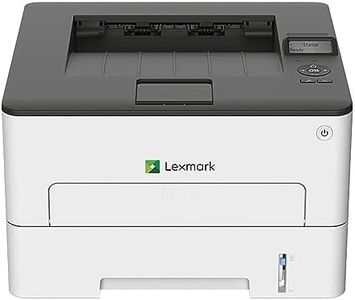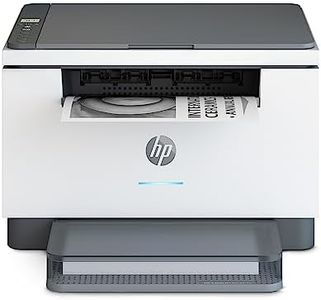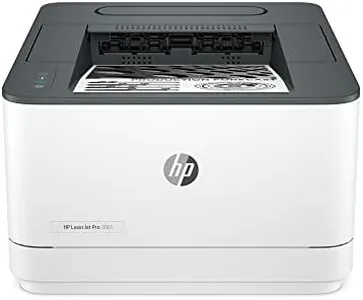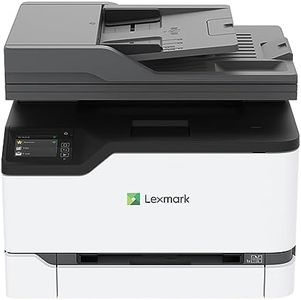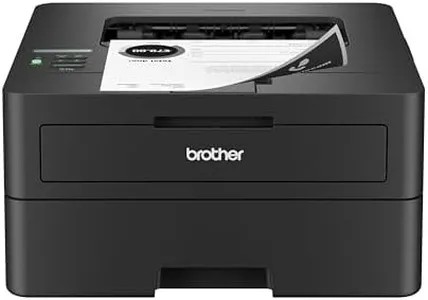We Use CookiesWe use cookies to enhance the security, performance,
functionality and for analytical and promotional activities. By continuing to browse this site you
are agreeing to our privacy policy
10 Best Wireless Laser Printers
From leading brands and best sellers available on the web.Buying Guide for the Best Wireless Laser Printers
Choosing a wireless laser printer can seem overwhelming because there are so many features and specifications to consider. The key is to think about how you plan to use the printer—whether it’s mainly for work, school, or home documents, and how much printing you expect to do. Understanding the important features and what they mean for your everyday use will help you pick a printer that matches your needs and feels convenient in the long run.Print Speed (Pages Per Minute, PPM)Print speed, measured in pages per minute (PPM), tells you how quickly a printer can produce documents. This is important because if you often print large documents or need to print for several people, a faster printer will save you lots of time. Printer speeds can range from under 20 PPM for home use to over 40 PPM for busy offices. If you only print a few pages occasionally, a lower PPM may be enough. For moderate regular printing, look in the 20-30 PPM range, while heavy use calls for higher speeds.
Print Resolution (DPI)Print resolution is measured in dots per inch (DPI), and it affects how sharp and clear your printed text and images look. Higher DPI numbers mean better detail. Typical printers offer between 600 x 600 DPI to 2400 x 600 DPI. For basic text documents, even lower resolutions will look crisp. But if you want to print detailed graphics or charts, aiming for the higher end of the range is helpful.
Wireless ConnectivityWireless connectivity allows you to print straight from your laptop, phone, or tablet without plugging in a cable. Look for options like Wi-Fi, Wi-Fi Direct, and sometimes Bluetooth. Printers with broader compatibility will work with more devices and make printing easier for everyone in your household or office. If you have several people or devices accessing the printer, go for models with strong, reliable wireless features.
Paper Handling CapacityPaper handling capacity tells you how many sheets the printer’s tray can hold, which affects how often you need to refill it. Smaller printers might hold 100-150 sheets, while larger, office-style machines can handle 250 sheets or more. Think about how many pages you typically print: home users can get by with smaller trays, but if you print often or in large volumes, a larger tray reduces the need to constantly add more paper.
Duplex Printing (Automatic Double-Sided Printing)Duplex printing means the printer can automatically print on both sides of a sheet of paper. This feature is helpful for saving paper and keeping documents more organized. Some printers require you to flip the pages manually, while others do it automatically. If you print a lot of multi-page documents, automatic duplexing makes life easier and helps you go green.
Monthly Duty CycleThe monthly duty cycle refers to the maximum number of pages a printer is designed to handle in a month. Entry-level printers may have a cycle of a few thousand pages, while business models support tens of thousands. If you print rarely, a lower duty cycle is fine. For regular, heavy use, pick a printer with a higher duty cycle so it lasts longer and works reliably.
Operating System and Mobile CompatibilityThis specification tells you which computers and mobile devices can work with the printer. Many printers support Windows, macOS, iOS, and Android, but always check for the brands and device types you use most. If you want to print from several types of devices or through cloud services, aim for broad compatibility and easy-to-use apps.
